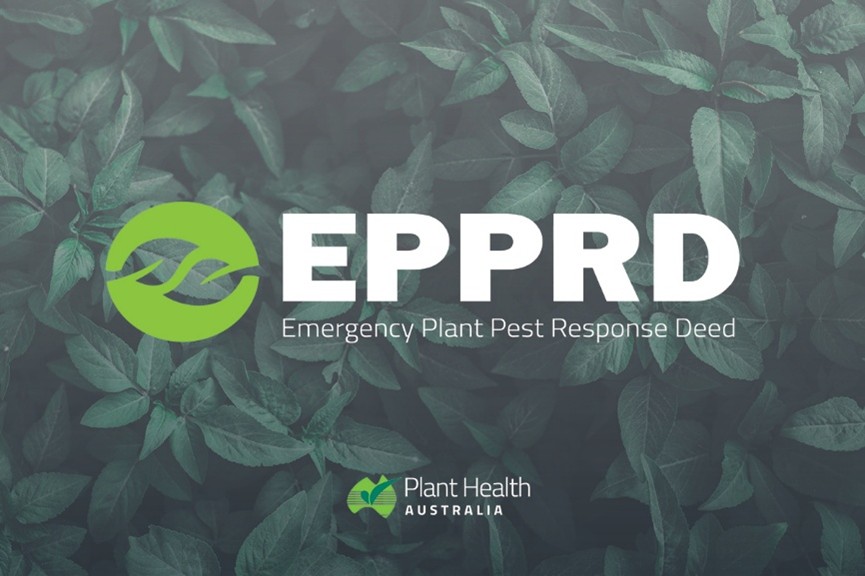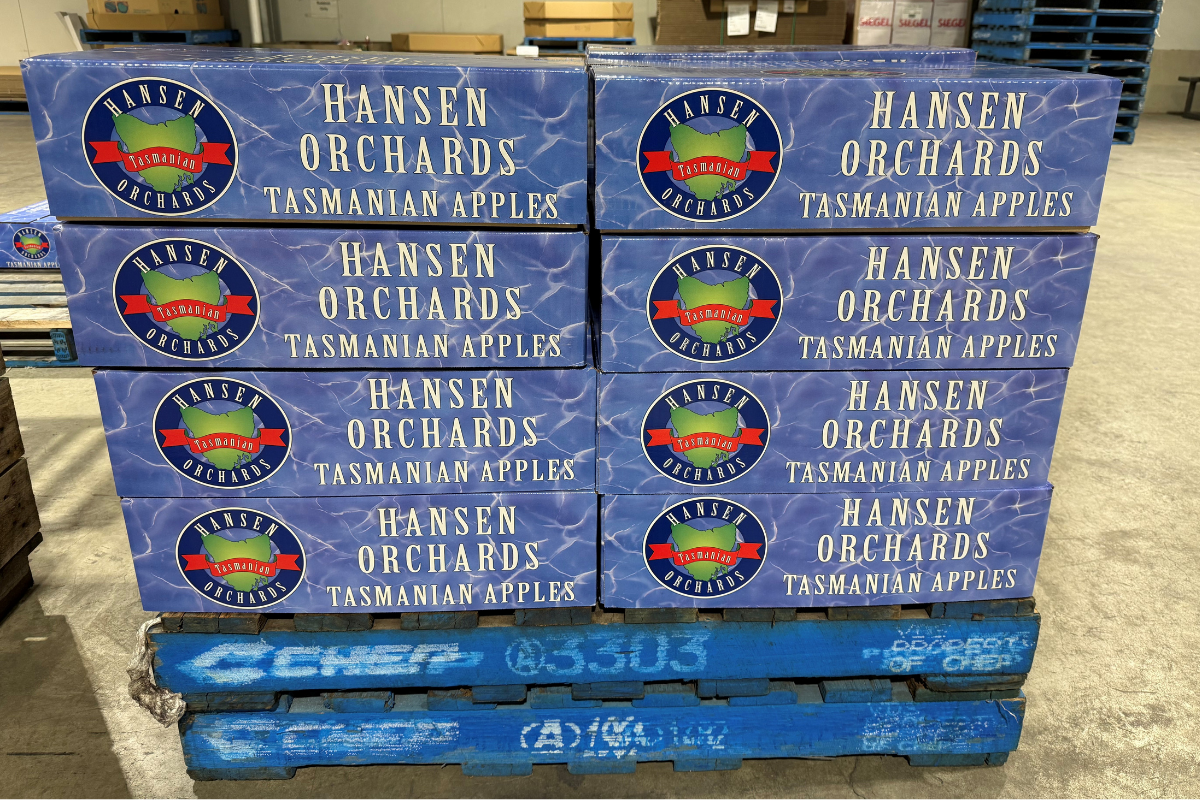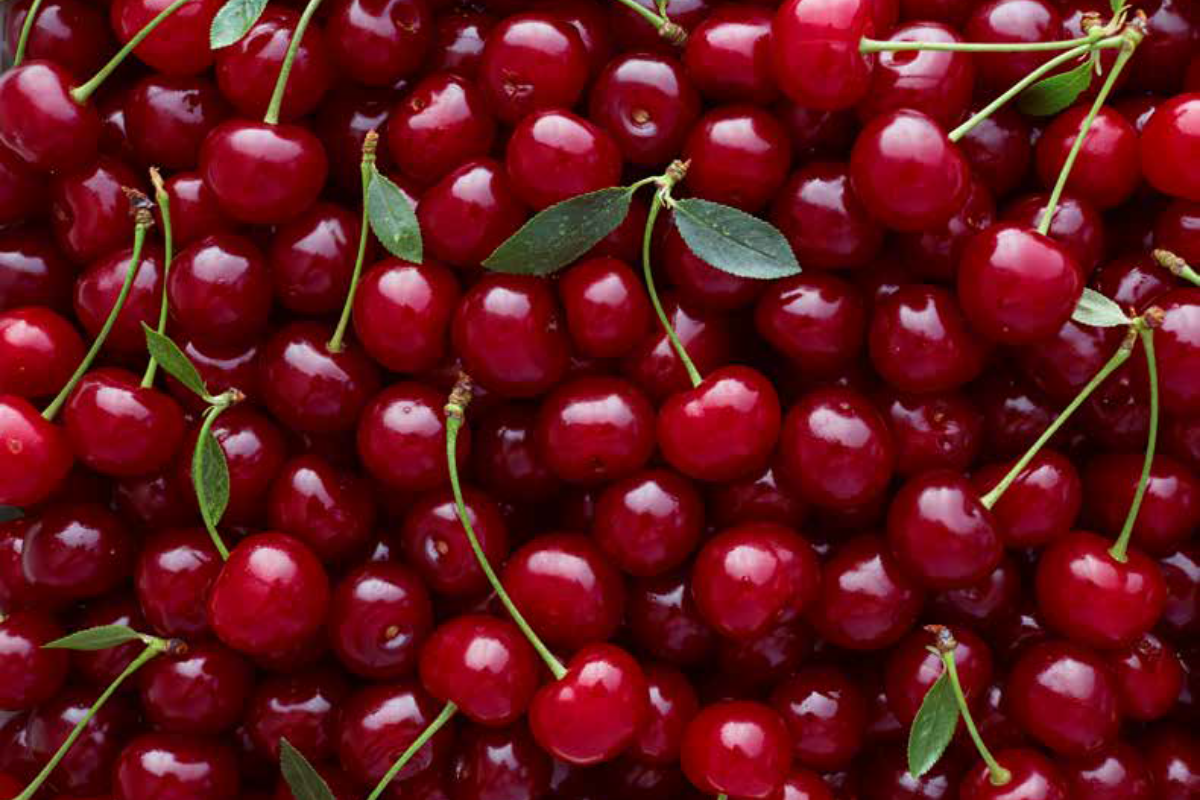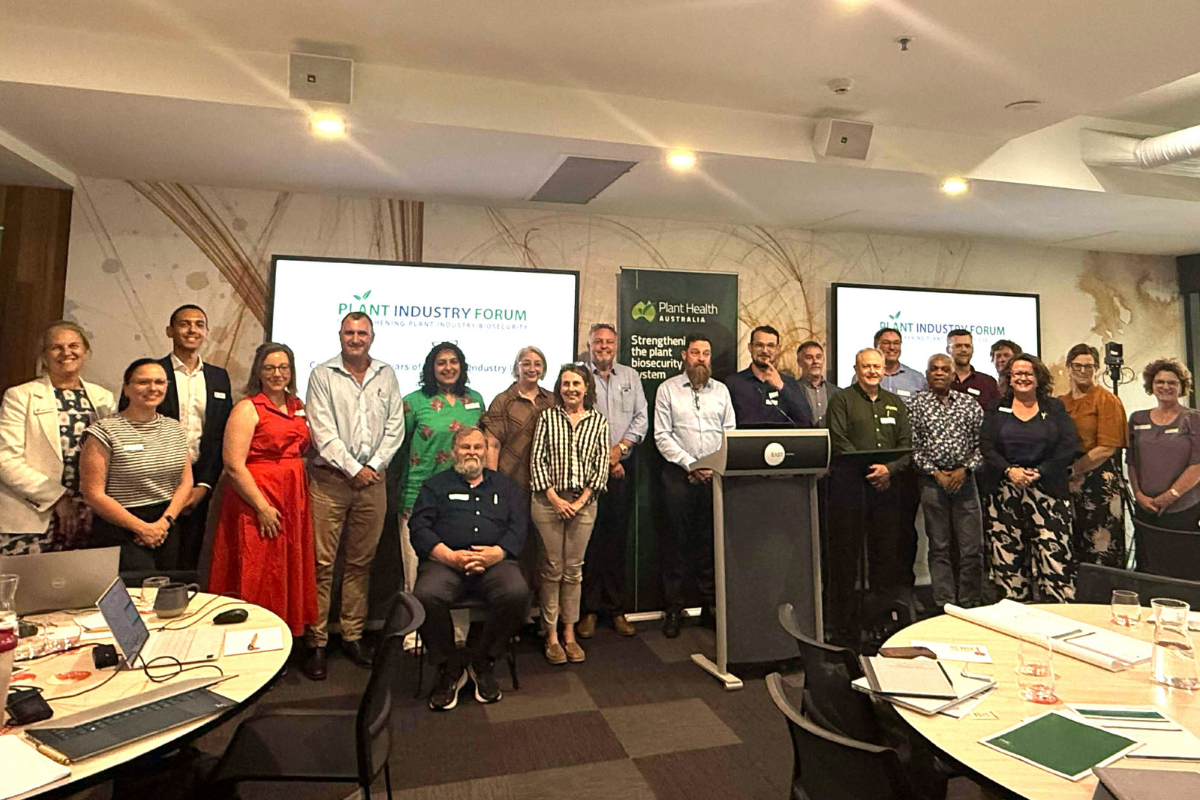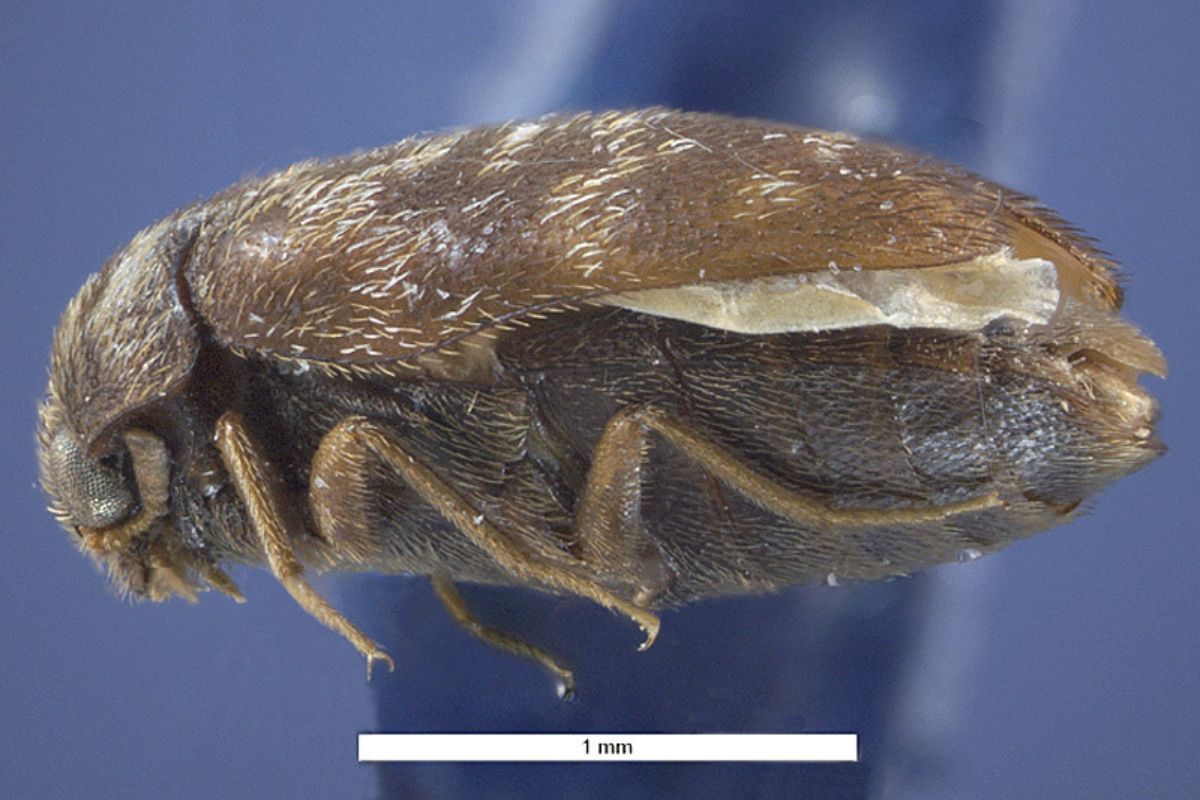Message from the CEO
As we pass the halfway point of the year and embark on a new financial year, I’m encouraged by the momentum across the biosecurity landscape, yet mindful of the complex challenges on the horizon. It’s a natural point to reflect on what we’ve achieved so far, while also resetting our focus for the critical months ahead. From seasonal pressures to shifting global dynamics, the pace of change continues to test the agility and strength of Australia’s plant biosecurity system. With these challenges come fresh opportunities to innovate and strengthen partnerships.
The latest ABARES (Australian Bureau of Agricultural and Resource Economics and Sciences) forecast shows two contrasting trends happening at the same time. While production values remain historically strong, the outlook points to a moderate downturn. According to the June 2025 update, the gross value of agricultural production is forecast to fall by 2.8% to $90.7 billion in 2025–26—the third-highest result on record. Within that, the value of crop production is expected to decline by $2.1 billion to $50.7 billion, and livestock production by $500 million to $40 billion, reflecting easing volumes across both sectors. Agricultural export earnings are also forecast to drop by $2.6 billion to $71.7 billion, though this remains one of the strongest years on record. At the same time, global trade pressures, biosecurity risks, and climate variability continue to test the resilience of the sector. These insights reaffirm the need for forward-looking planning, targeted investment, and adaptive responses as we head into the busy spring season. One of the most exciting developments this month has been the launch of the Youth Biosecurity Hub (Youth Hub), a vibrant addition to the National Biosecurity Training Hub, designed to spark curiosity and build awareness of biosecurity among young Australians. Developed by PHA with funding from the Queensland Government, the Youth Hub brings biosecurity into classrooms, homes, and community groups in a way that’s engaging, age-appropriate, and easy to understand. I’m incredibly proud of our Learning and Development and Marketing and Communications teams, who have worked closely with government partners and teachers to co-design this platform. Like the award-winning National Biosecurity Training Hub, the Youth Hub reflects PHA’s commitment to strong partnerships, accessible education and is an investment in the biosecurity mindset of tomorrow.
Last week our Board convened in Canberra for their annual Strategy Workshop— bringing together Directors and the executive team for a mid-term strategy review in the context of emerging risks, national system pressures, and opportunities for innovation and leadership to shape our future strategic directions. This past week’s joint Board meeting between PHA and Animal Health Australia marked a significant step forward with both organisations reaffirming our commitment to collaboration with the signing of a new Memorandum of Understanding (MoU). The four year MoU sets out the overarching principles and guidelines for joint activities to foster cooperation, improve transparency, and partner on strategic system reform in the face of increasing national challenges.
Looking ahead, I’m excited to join industry colleagues at the upcoming Australian Banana Industry Congress on the Gold Coast in August. It will be a valuable opportunity to connect with growers, highlight the importance of prevention in protecting plant health, and reinforce our shared commitment to biosecurity. I’m also honoured to be speaking at the Banana Growers Women’s Networking Luncheon, where I’ll share some reflections on my own leadership journey, the lessons I’ve learned, and the importance of visibility, resilience and collaboration, especially for women leading in biosecurity and agriculture.
National Biosecurity Week 2025 is also on the horizon from 25-31 August. This year, we’re stepping up our efforts to engage everyday Australians, shining a spotlight on how biosecurity protects what matters such as our environment, economy, and way of life. Following the success of last year’s launch at the Australian Biosecurity Symposium, this year’s campaign expands its reach with refreshed messaging, a sharper community focus, and a stronger digital presence. We have shared stakeholder packs with our Members, jurisdictions and the National Biosecurity Committee to support your planning and promotion. The campaign resources are also available on the website. I encourage everyone to get behind and amplify the seven days of awareness to embed biosecurity as a shared national responsibility, 365 days a year.
Read more in the latest edition of Tendrils, and subscribe if you haven’t already.
Let’s continue to make biosecurity second nature — every role counts, and every action makes a difference.
Regards,
Sarah Corcoran

